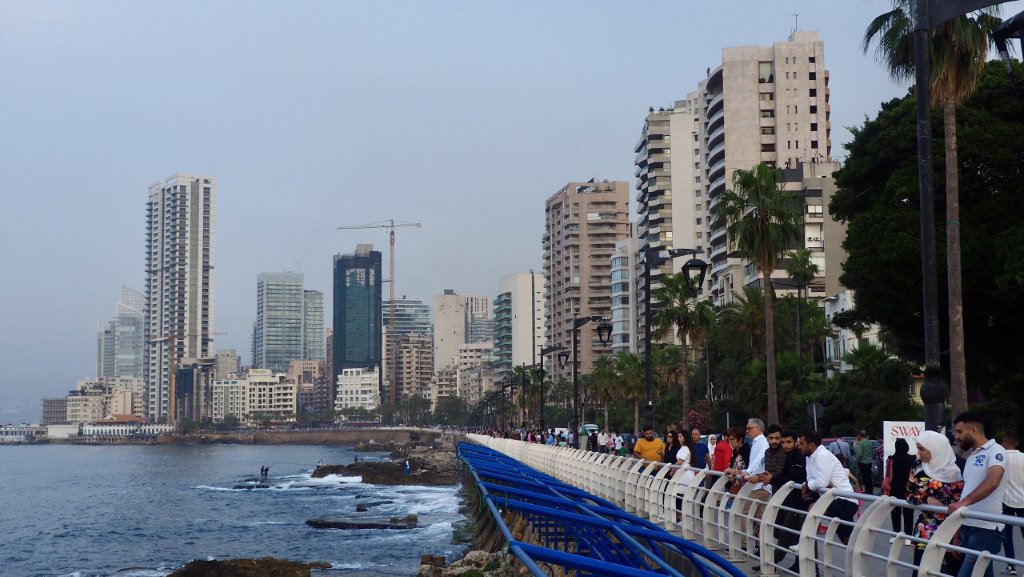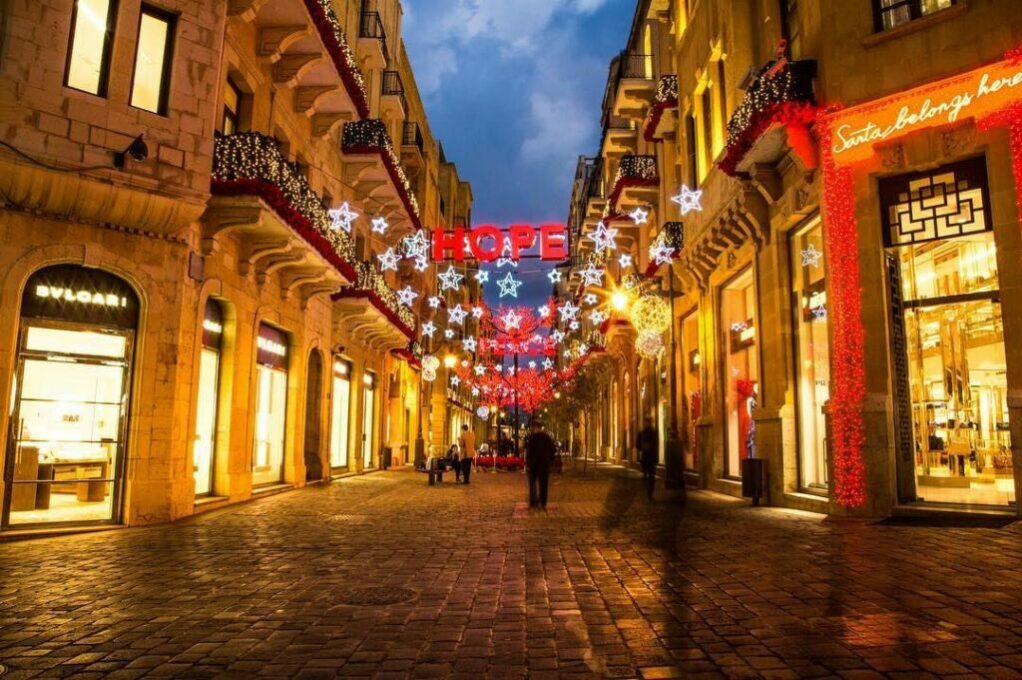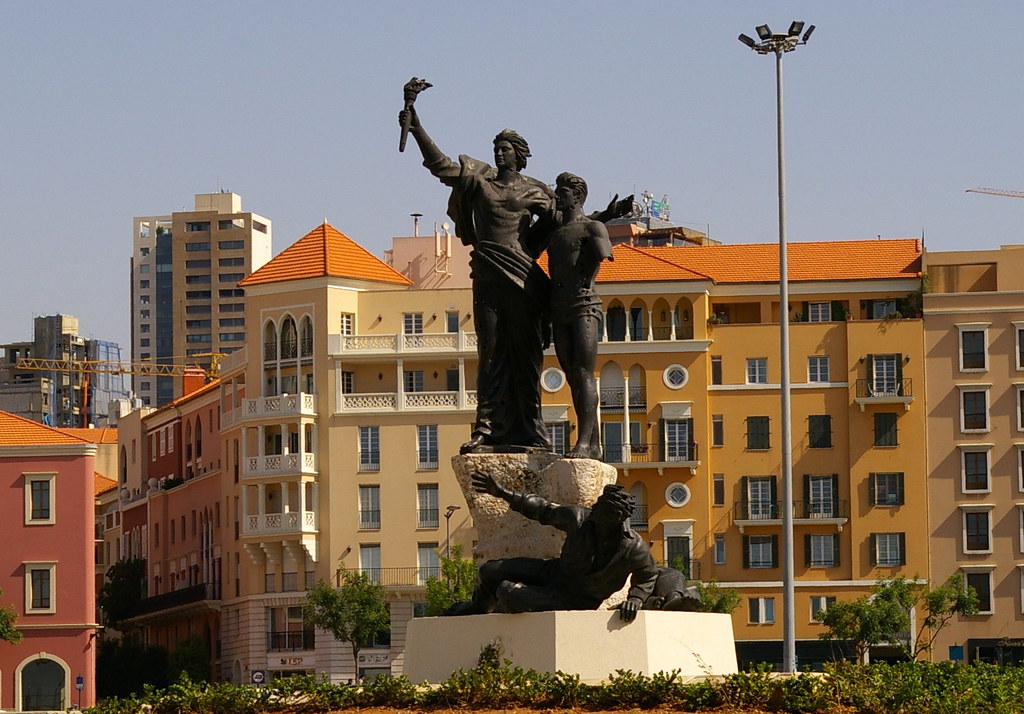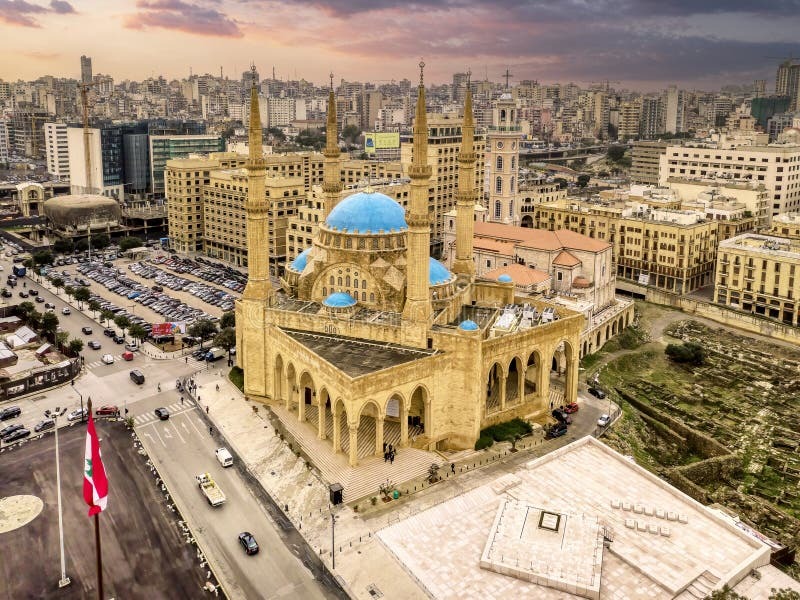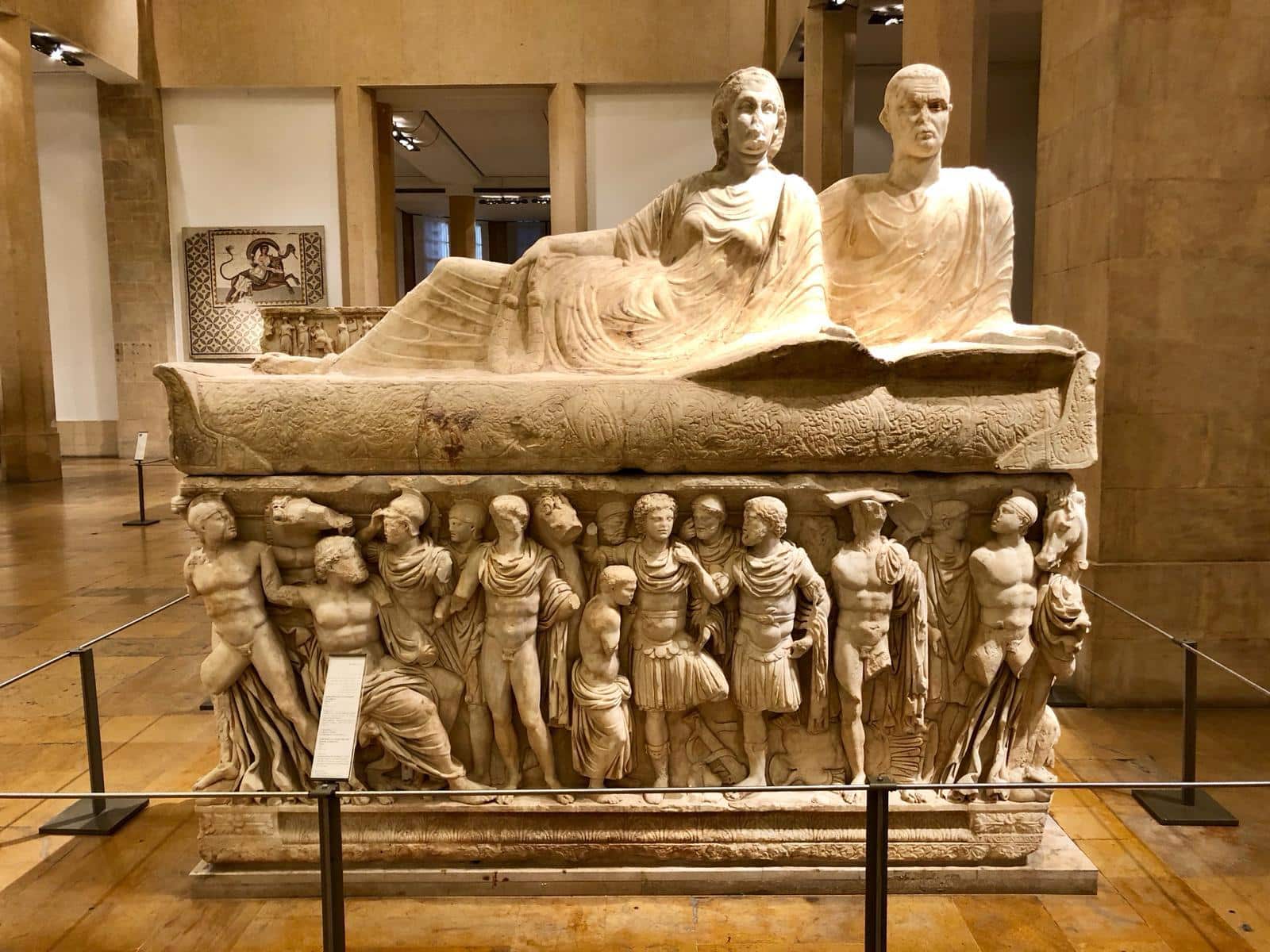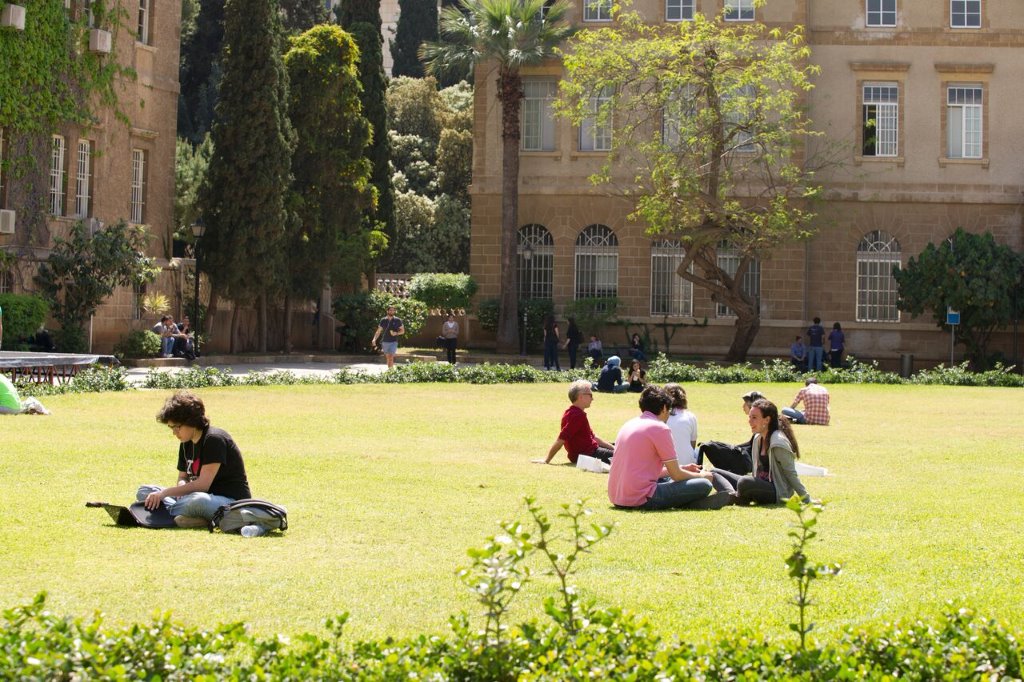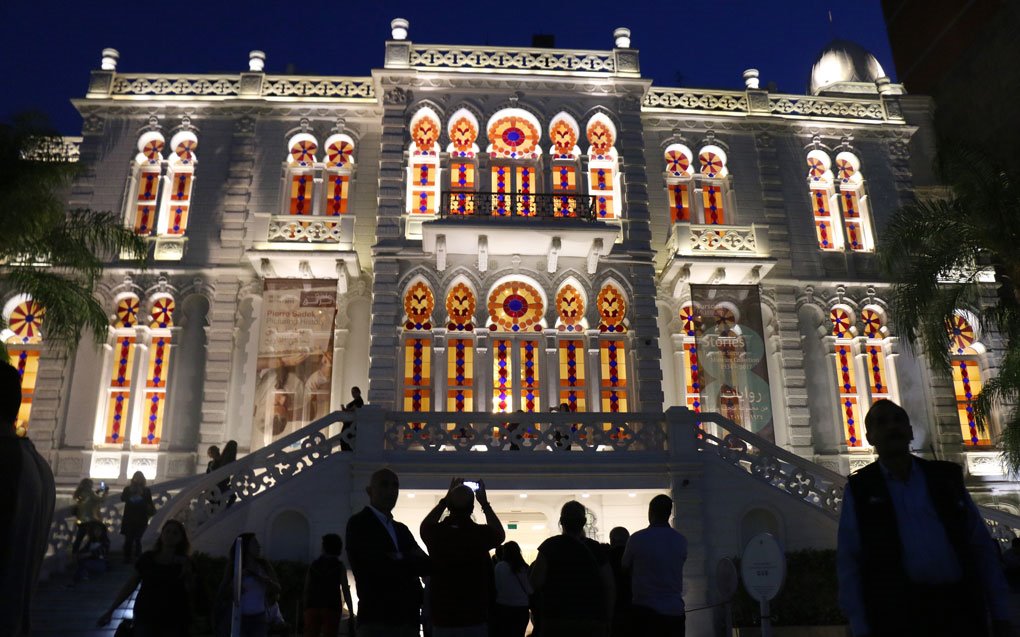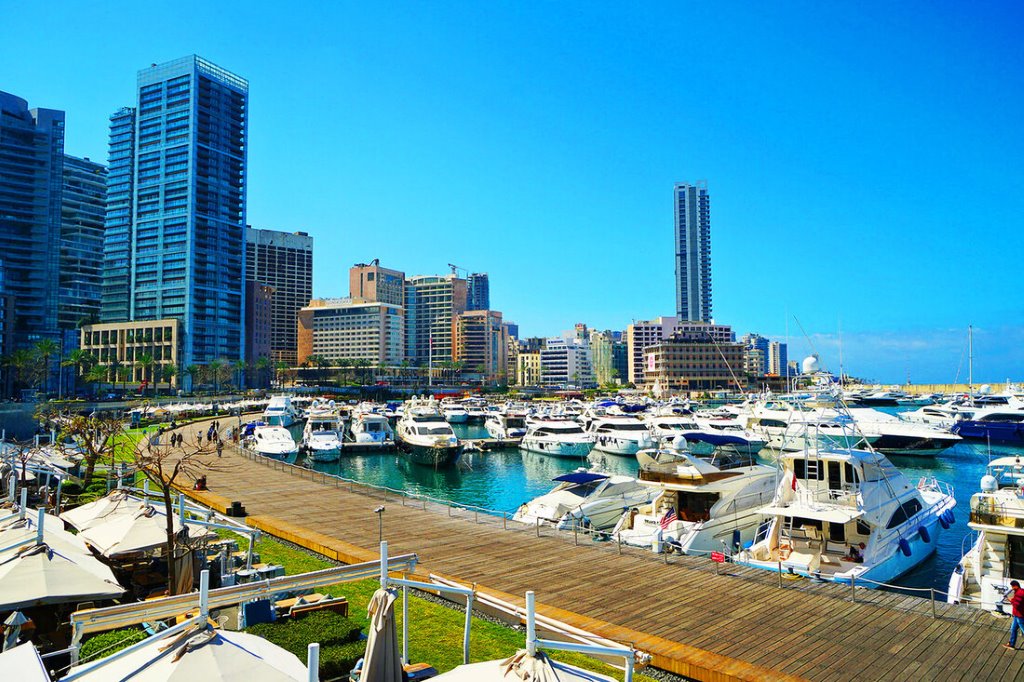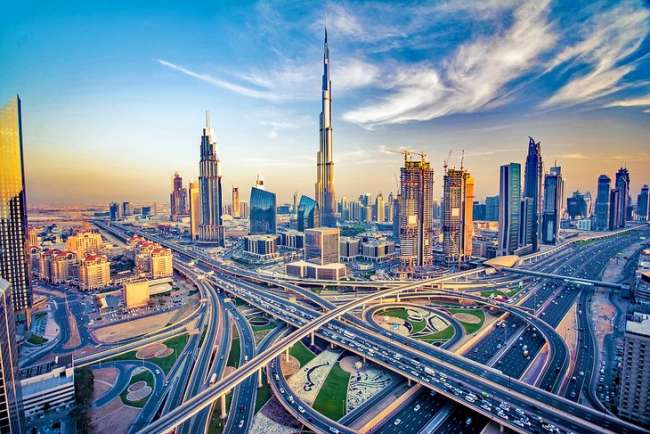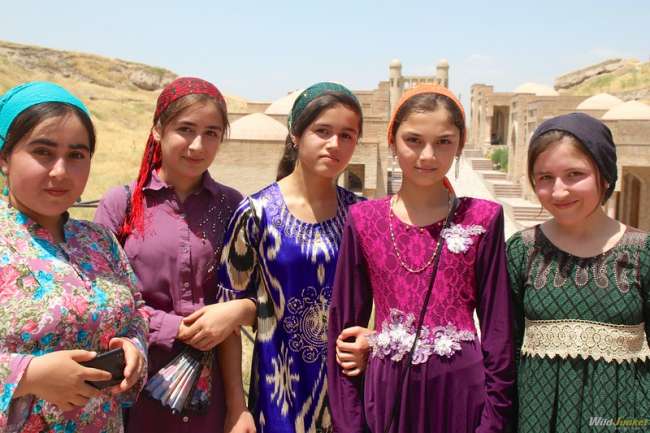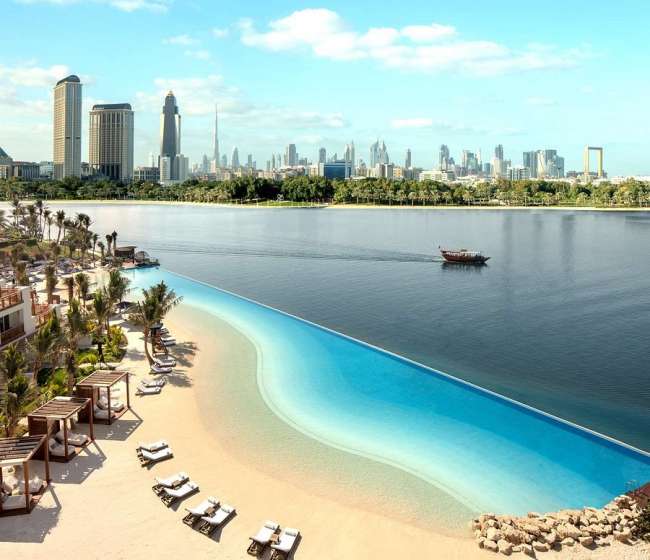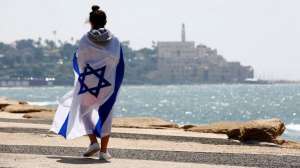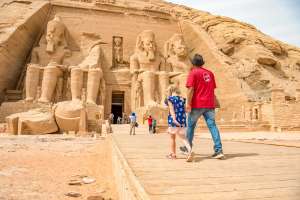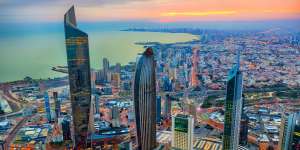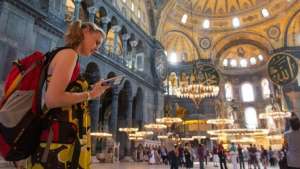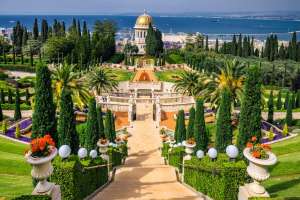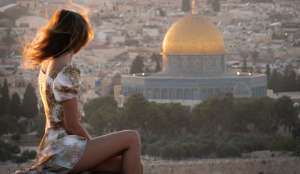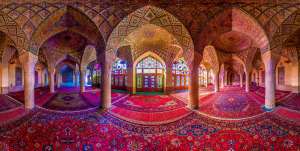Beirut feels unlike any other city in the Middle East — warm, chaotic, stylish, historic, and modern all at the same time. It’s a place where the sea touches the edge of the city, where old stone houses sit next to sleek new buildings, and where every neighborhood has its own rhythm. Beirut carries thousands of years of history, yet it lives with a youthful energy that you feel the moment you arrive. People sit in cafés for hours over tiny cups of coffee, fishermen cast their lines from rocky shores, and the scent of fresh bread, cardamom, and grilled meats drifts through the streets. There’s an openness here, a mix of cultures and influences that comes from centuries of trade, migration, and rebuilding.
What makes Beirut special is the contrast. You can explore ancient ruins hidden under busy streets, admire grand mosques and churches standing side by side, and then turn a corner to find modern art galleries, boutique shops, or lively restaurants full of conversation. The city is compact enough to explore easily, yet full of details that reward slow wandering — old balconies covered in flowers, narrow staircases connecting different levels of the city, and markets where sellers call out to customers the way they’ve done for generations. On the coast, the Mediterranean stretches wide and blue, giving Beirut a refreshing, open-air feeling even in its busiest districts.

Beirut has been through a lot, and its story is visible everywhere, but the spirit of the city remains strong. Locals are warm and expressive, always ready to talk, help, or share recommendations. The food is exceptional, the nightlife vibrant, and the atmosphere often feels more European-Mediterranean than Middle Eastern. This mix makes Beirut one of the most interesting travel destinations in the region — a city full of depth, contrasts, and life. Exploring Beirut means discovering layers of culture, history, architecture, and human stories woven into every street and shoreline.
Best Places to Visit in Beirut
Beirut Corniche
The Corniche is one of the best places to start your visit. It’s a long seaside walkway where people come to jog, fish, drink coffee, or simply enjoy the view of the Mediterranean. The air here has that clean sea breeze, and the sound of waves mixes with the city noise behind you. As you walk, you’ll pass palm trees, rocky shores, and small vendors selling roasted nuts or fresh juice. It’s especially beautiful in the late afternoon when the sky turns soft shades of pink and orange. Many travelers spend time here just sitting on the rocks, watching boats move slowly across the water and seeing locals chat, relax, and enjoy the day.
Pigeon Rocks (Raouché)
Near the Corniche, you’ll find one of Beirut’s most iconic natural landmarks — the massive sea cliffs known as Pigeon Rocks. These huge rock formations rise from the water, shaped by the waves over thousands of years. There are viewpoints along the road where people stop to take photos or simply stare at the view. On calm days, boats circle the rocks, giving you a closer look at their arches and rugged surfaces. The area around Raouché also has cafés overlooking the sea, making it a great place to enjoy a drink with a panoramic view of the cliffs and the open water.
Beirut Souks
The Beirut Souks combine modern shopping with a layout inspired by traditional markets. Here, you’ll find everything from local boutiques to international brands, along with wide pedestrian-friendly streets, cafés, and open plazas. It’s a nice place to explore if you want a relaxed walk, do some shopping, or enjoy a quiet lunch. Even if you’re not planning to buy anything, the mix of architecture, small details, and lively atmosphere makes it a comfortable part of downtown to wander around.
Downtown Beirut (Martyrs’ Square & Nejmeh Square)
Downtown Beirut has a mix of restored buildings, old streets, and open squares that connect the city’s past and present. Martyrs’ Square is one of the most historical places in Lebanon, surrounded by old-style architecture and important monuments. Nejmeh Square, with its famous clock tower, has a more elegant atmosphere with cafés and old pedestrian streets. Walking through these areas gives you a sense of Beirut’s layered history — Roman ruins hidden below the streets, Ottoman buildings, and modern restorations all standing side by side. It’s the kind of place where you can walk slowly and notice small architectural details everywhere.
Mohammad Al-Amin Mosque & St. George Maronite Cathedral
These two landmarks sit close to each other, showing how Beirut’s culture blends different communities. The Mohammad Al-Amin Mosque is one of the city’s most recognizable buildings with its large blue dome and elegant minarets. Inside, the high ceiling and soft lighting create a peaceful space. Next to it is St. George Maronite Cathedral, a beautiful historic church with warm stone walls and simple, graceful interiors. Standing between the two buildings gives you a clear view of how different traditions have lived side by side in Beirut for generations.
The National Museum of Beirut
If you want to understand Lebanon’s long history, the National Museum is the best place to go. It holds thousands of artifacts from the Phoenician, Roman, Byzantine, and Ottoman periods. Statues, ancient pottery, jewelry, sarcophagi, and mosaics are displayed in bright, spacious halls that make it easy to explore at your own pace. The museum tells the story of a country that has been home to many civilizations, each leaving behind something unique. Visitors often spend hours here discovering details that explain Lebanon’s deep cultural roots.
The American University of Beirut (AUB Campus)
AUB’s campus is one of the most peaceful and beautiful areas in Beirut. It’s filled with gardens, historic buildings, stone pathways, and wide views of the Mediterranean Sea. Walking through the campus feels different from the rest of the city — quieter, greener, and more relaxing. You can stroll through its botanical garden, sit under the trees, or admire the architecture of older university buildings. It’s a place where students, travelers, and locals all share the same calm atmosphere.
Gemmayzeh & Mar Mikhael
These two neighborhoods are known for their lively nightlife, restaurants, cafés, and artistic vibe. During the day, the streets are lined with old buildings, small art shops, and cozy cafés where people sit with coffee or fresh juice. At night, the area becomes busy with energy as restaurants fill up with locals and travelers. The food scene here is diverse — traditional Lebanese dishes, modern fusion restaurants, bakeries, and small spots serving quick bites. Even if you’re not looking for nightlife, the streets are worth walking simply to enjoy the atmosphere and see how the old and new parts of Beirut mix together.
Sursock Museum
The Sursock Museum is one of Beirut’s cultural highlights, located in a charming villa from the early 20th century. The building itself is a work of art, with white walls, arched windows, and a mix of Ottoman and Venetian architectural styles. Inside, you’ll find modern and contemporary art exhibitions that showcase Lebanese and international artists. The museum is quiet and thoughtfully designed, making it a pleasant place to spend time appreciating art and the elegant surroundings.
Zaitunay Bay
Zaitunay Bay is a small marina lined with restaurants and cafés facing the water. Boats rest along the docks, and the waterfront walkway gives you a chance to relax with a view of the sea and the skyline. In the evening, the lights reflect on the water and the whole place gets a warm, inviting atmosphere. It’s a good spot for a meal, a coffee, or a slow walk after sunset. The mix of modern design, calm water, and gentle views makes Zaitunay Bay one of the nicest places for a relaxed evening in Beirut.
Hamra Street
Hamra is one of Beirut’s busiest districts, full of shops, restaurants, bookshops, and small cafés. It has a lively, everyday atmosphere where you’ll see students, families, and travelers moving through the streets. Hamra is great for people who enjoy energetic environments — street food, casual restaurants, local clothing stores, and all kinds of small shops fill the area. It’s one of the best places to experience the daily life of Beirut rather than just the tourist areas.
Beirut blends culture, nature, food, and history in a way that gives the city endless energy. Each neighborhood has its own rhythm, and moving through them reveals new details and stories that make the city feel alive. Exploring Beirut means walking from the seaside to old streets, from modern cafés to ancient ruins, and from relaxing quiet corners to neighborhoods filled with people and conversation. The mix of experiences makes Beirut one of the most memorable cities to visit in the region.



